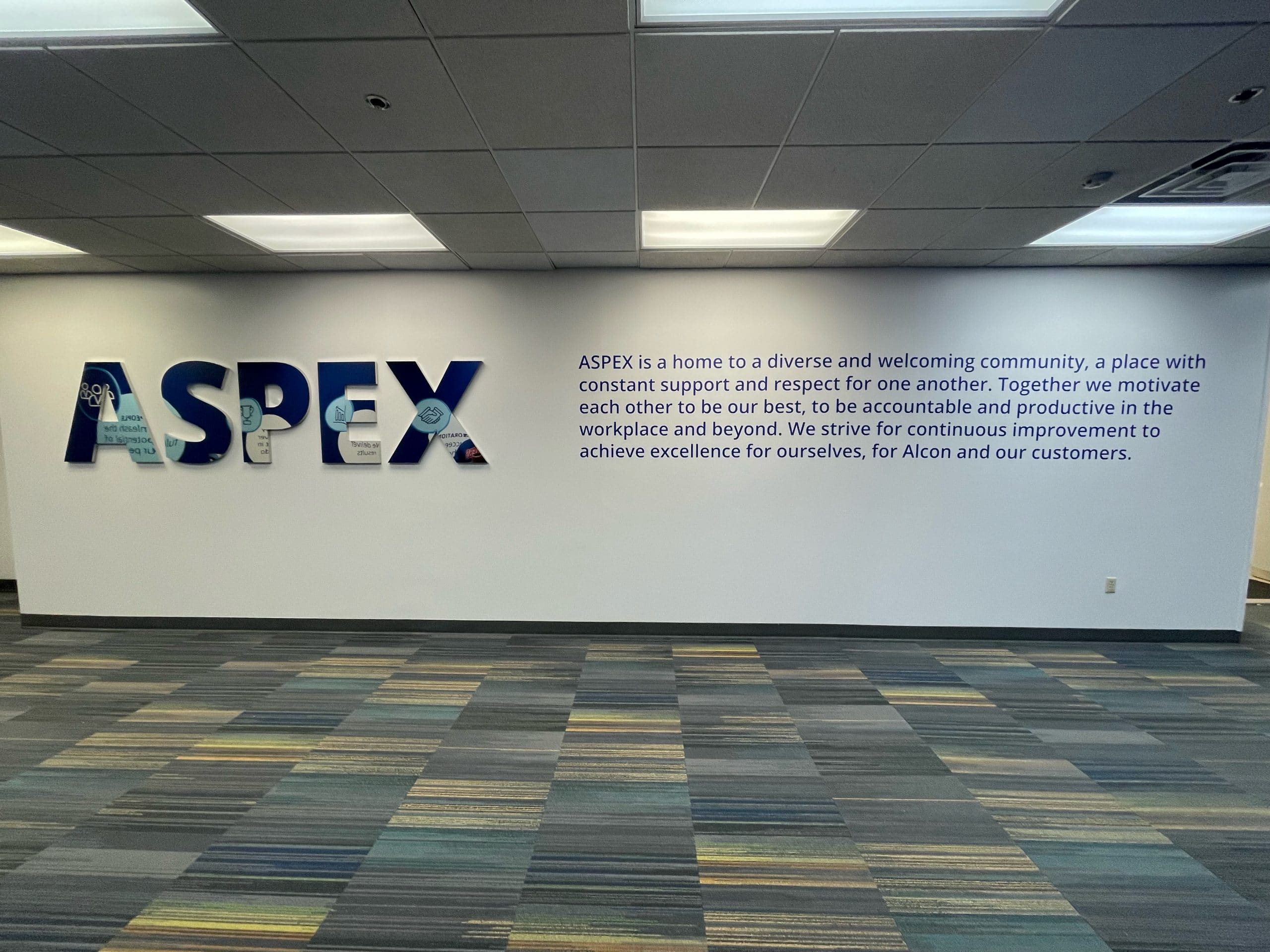Modern consumers always look for a fun, unique experience that will leave an impression on their minds. If your brand can provide them with such an experience, you will increase your chances of getting that sale and turning them into loyal customers – that’s where experiential graphic design steps in.
This blog will discuss what experiential graphic design is, the characteristics of experiential graphic design, and how businesses can benefit from this innovative approach.
What is experiential graphic design?
“Experiential” is derived from the Latin word “experientia,” which means a direct and personal involvement. Today, the term “experiential” defines a marketing principle involving a brand or organization engaging a customer or client directly and personally. This engagement can be through various methods, including a product, service, an event, a community, an activity, an environment, and technology (such as virtual reality). Experiential graphic design is a form of graphic design that uses the methods mentioned above to engage with a customer.
The main idea behind experiential graphic design, as the name implies, is all about the experience. Don’t worry; you don’t have to be a psych major to understand what it’s all about. It’s a form of graphic design that focuses on memory, emotion, and interaction.

The goal of experiential graphic design is more than just making an image look good. It’s about creating a design structured around the customer experience, an environment that is both visually appealing and emotionally stimulating. It’s about giving them a way to see the world differently, one that’s meant to leave a lasting impression in the consumer’s mind, enhancing the user’s overall experience. Experiential graphic design is about making your business memorable — bringing your brand to life and making it stand out.
The difference between Standard Graphic Design and Experiential Graphic Design
Standard graphic design is like a good book. You read it and understand the story the author is trying to tell you. Experiential graphic design, on the other hand, is like a good movie. You are transported into the world the designers have created and feel like you are part of the story.
Standard graphic design focuses on what the viewer sees. It is more object-based and is meant to be more easily interpreted by the audience. At the same time, experiential graphic design is a more customized approach that aims to immerse the person in a certain feeling or experience. Experiential graphic design is not just about creating a design that is pleasing to the eye. It’s about the entire experience. While traditional graphic design uses illustrations and other visual elements for visual communication, experiential graphic design involves communicating experiences to the audience and not just presenting the information.
What are the visual elements of experiential graphic design?
Experiential graphic design is a big part of business; having the right design can differentiate between success and failure. A design must be framed in a way that is clear, consistent, and, most of all, not only persuasive but also memorable. A design should tell the story of your product, service, or business and conveys a message that instills trust, interest, and confidence. Experiential graphic design can be as simple as a poster meant to draw attention to your business or as complex as a multi-sensory experience that takes place over a few days to create an everlasting memory.

There are five fundamental elements to experiential graphic design: typography, composition, color, imagery, and composition.
- Typography is the foundation for all written design.
- Composition is the arrangement of visual elements.
- Color is the experience of light and darkness.
- Imagery is the visual experience of an object or an occasion to elicit an emotional response and convey information.
- Composition is the arrangement of visual elements to create a graphic design and guide the reader’s eye throughout the piece.
Together, these elements are what make up the work that you do, and they create a design that is both visually appealing and easy to understand.
Why is experiential graphic design so effective?
The art of experiential graphic design is gaining more and more popularity. From music and fashion to restaurants and health clubs, experiential graphic design showcases the importance of creating a memorable experience for your customers. In a world where everyone is bombarded with advertising, marketing, and information, we need to convey something that will make us stand out. Having a great product and an excellent service is not enough anymore. We need to sell the experience and the feeling that a customer can get from it.
The best thing about experiential graphic design is that it increases the overall value of your business. Your customers are not just reading words on a page. They see images that have been specifically chosen to evoke a particular emotion. Experiential graphic design can convey a brand image, create a consistent brand identity, and design a powerful and memorable impression that will deter patrons from competitors. Experiential graphic design is a way to push your organization and products to the forefront of the market.
If you want your business to stand out, you must create an atmosphere people will want to return to and experience again.
Tips on creating the most effective experiential graphic design
Are you looking for a way to give visual communication in your field or organization the most powerful impact? You can take steps to bring your experiential graphic design to the next level. First, consider the target audience or goal of your message. Before you start thinking about what you will tell or show to your audience, you have to ask yourself who this audience is.
Next, narrow down the selected information you want to portray, and you’ll be able to help your target group understand the message you want to deliver. The third step is to choose the most effective medium for your message, whether it’s an infographic, video, advertising campaign, application, etc. The fourth step is to decide what your graphic’s purpose will be, whether it’s to inform, persuade, or evoke an emotional response. The final step is to work with your audience to find the best way to share the information you have to offer.
Consider experiential graphic design if you need a new way to attract customers and create a lasting impression. Contact us today if you’re ready to learn more about this option.

